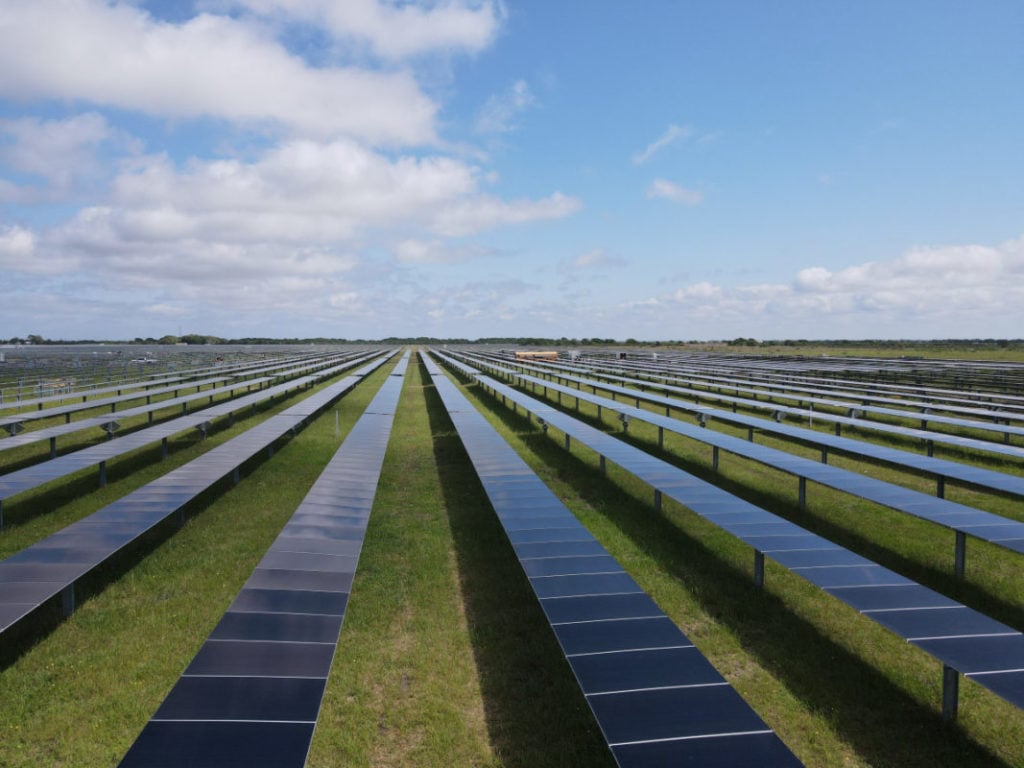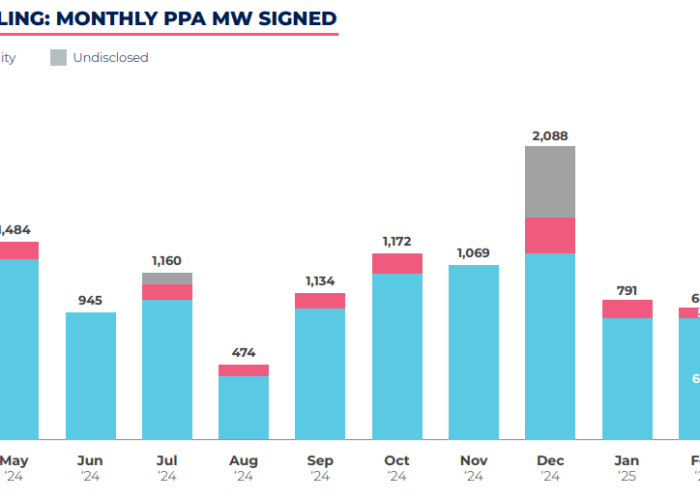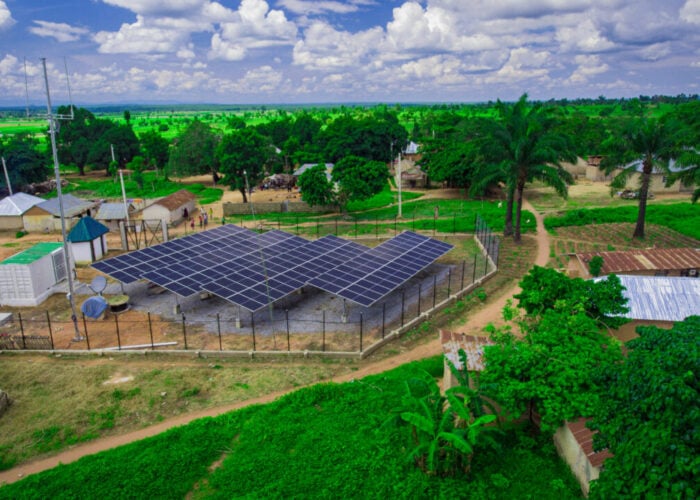
Last week the US Department of Treasury and Internal Revenue Service (IRS) released guidance on tax credits included in the Inflation Reduction Act (IRA), which allows state and local governments, nonprofits and other entities to benefit from renewable energy tax breaks.
The two headline announcements are provisions for ‘elective pay’ and ‘transferability’, both of which are credit delivery mechanisms intended to broaden the scope of eligible recipients under the IRA.
Unlock unlimited access for 12 whole months of distinctive global analysis
Photovoltaics International is now included.
- Regular insight and analysis of the industry’s biggest developments
- In-depth interviews with the industry’s leading figures
- Unlimited digital access to the PV Tech Power journal catalogue
- Unlimited digital access to the Photovoltaics International journal catalogue
- Access to more than 1,000 technical papers
- Discounts on Solar Media’s portfolio of events, in-person and virtual
Or continue reading this article for free
Under the elective pay proposal, tax-exempt and government entities are eligible to receive up to 12 payments direct from the IRS for clean energy tax credits – including the flagship Investment Tax Credit (ITC) and Production Tax Credit (PTC) included in the IRA – to go towards the renewables projects. The Treasury said this provision will allow State, Local and Tribal governments, US territories and large nonprofits greater access to renewable energy deployment.
Transferability will allow smaller entities, or any without sufficient tax liability to reap the benefits of IRA credits, to transfer all or part of 11 tax credits to a third party in exchange for immediate, tax-free funds.
The Treasury’s full guidance included legal and eligibility requirements for businesses and government organisations.
“The Inflation Reduction Act’s new tools to access clean energy tax credits are a catalyst for meeting president Biden’s historic economic and climate goals. They will act as a force multiplier, bringing governments and nonprofits to the table,” said secretary of the Treasury Janet L. Yellen. “More clean energy projects will be built quickly and affordably, and more communities will benefit from the growth of the clean energy economy.”
Earlier this year, the Treasury released guidance on the benefits for traditionally coal-producing communities under the IRA, incentivising investment into these areas with US$10 billion in available funding.
Reports on the impact of the IRA suggest that it will change the face of US electricity generation. The National Renewable Energy Laboratory (NREL) in March published predictions that solar and wind will account for 60% of US electricity output by 2030 as a direct result of IRA incentives and funding.
Another report from the BlueGreen Alliance found that the IRA could see US solar alone cut the costs of the country’s power by 60%.
Small-scale, local community solar, which market segment has been forecast to more than double in the US by 2028 as a result of the IRA, could be further spurred on by these credit mechanisms.
Final comments on the Treasury’s elective pay and transferability proposals are due by 14 August, public hearings scheduled in the following days.







